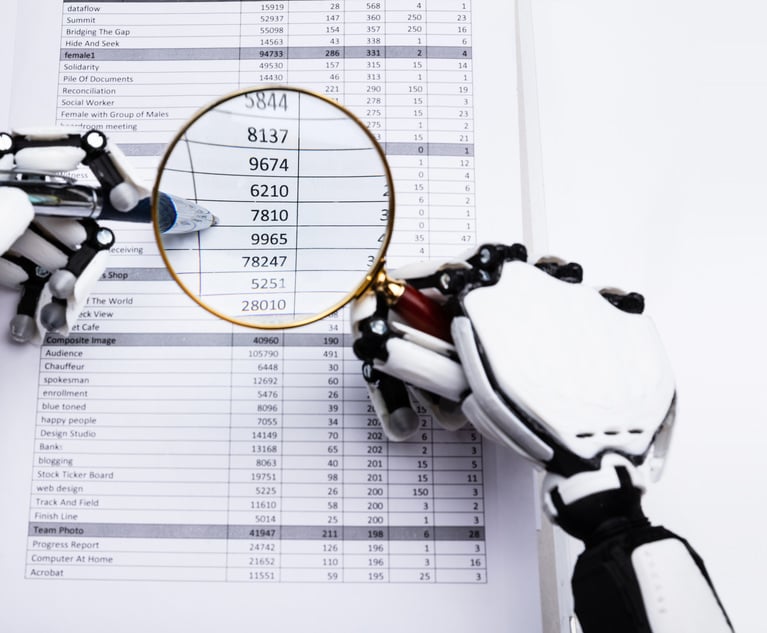San Francisco city officials have been working with Uber and Lyft to devise a scheme so that mobility and resource-limited people can get transportation to the bus station and ultimately to their final destination. At the same time, local utility companies are rapidly building more cell towers to enable end users to get decent cell service in rural areas in which 3G and 4G cell service is sporadic or nonexistent.
In the telecommunications and urban transportation fields, these are styled as scrupulous strategies to tackle the so-called first mile and last mile problem, the dilemma that emerges from the serious obstacles to properly beginning and completing the journey. The economic evidence indicates that the first and last mile add disproportionately to the costs of the service, and the challenge is to reduce the unique costs borne by companies of beginning and ending the journey on these otherwise efficient networks. Much creative thinking, and public-private infrastructure investment, is devoted to what is called colloquially the “FMLM” twin problems.






